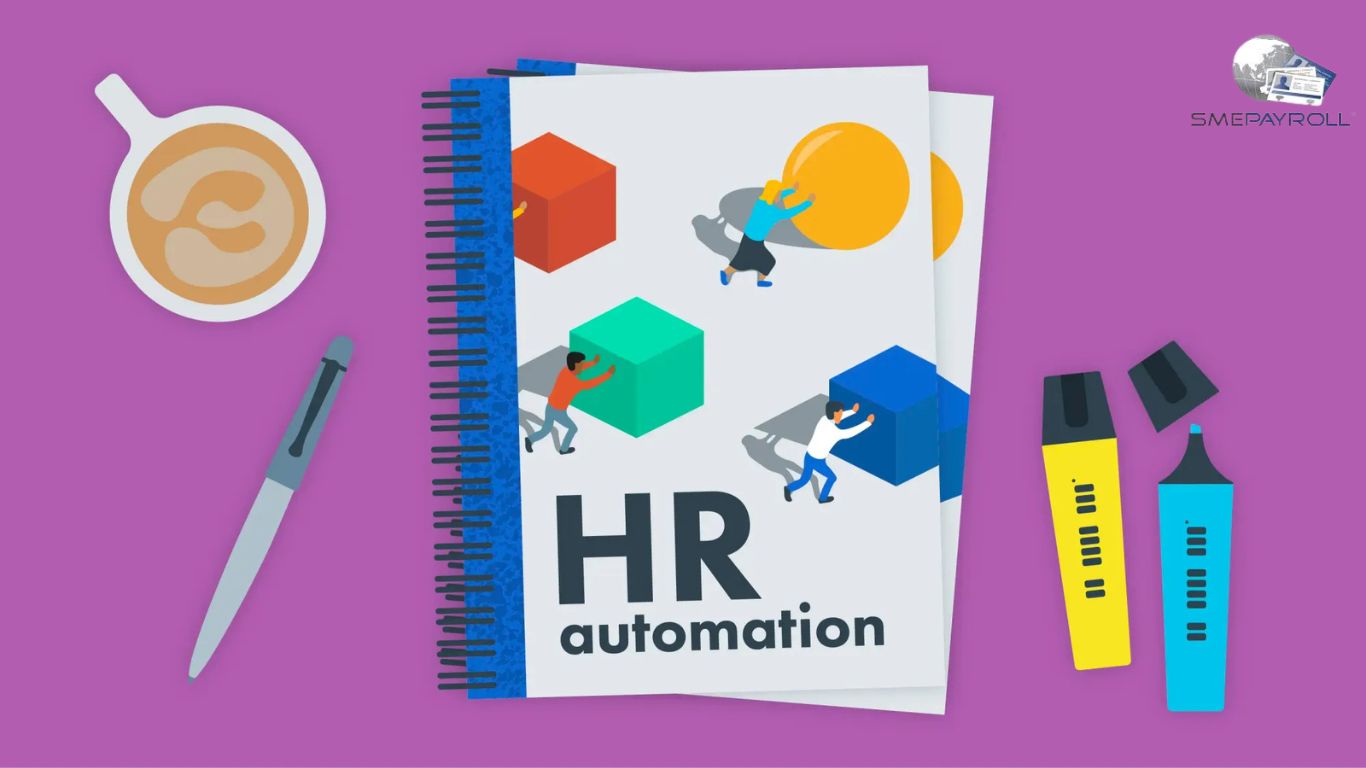The pitch went on for some 20 minutes and the fat funding check was almost signed but delayed when the funder’s accountant peeped into my screen being switched between different excel tabs. We got the funds but only after being told, “Get this all automated to streamline the things and check will be stopped until then”. I was amazed while listening to all this from an entrepreneur while interviewing him on understanding the importance, impacts and benefits of HR automation and how it helps streamline things in any organisation.
When 85% of employers are using automation or to improve efficiency and are saving cost by reducing labor costs and manual processing by 10–50% with lesser errors, definitely the funder would say this to an organization to adopt HR automation to automate tasks like keeping employee data in spreadsheets, running manual wage and tax calculations.
In this guide, I would help you understand the benefits of HR automation along with sharing the insights from that learning interview. I believe the sense would prevail on knowing the worker classification might work for local teams, but could be highly complex when it comes to workforce management when you expand in foreign land.
Table of Contents
What Is HR Automation?
Human resources automation (HR automation) is an improvised method of applying software to automate and streamline the conventional and repetitive and tedious HR tasks. By applying automation, HR departments could save time and highly improve the way they manage personnel. This results in gains like, increased productivity, added value by dedicating their efforts to more complex tasks, like planning, strategizing, employee engagement and retention, and decision-forming.
Various studies suggest that HR professionals spend about 57% of their time on administrative tasks that could be automated. This signifies the importance of HR automation as it helps streamline time-consuming tasks, reduce human error, and focus on managing the only assets of the organisation, the employees.
Also Read: How to Check Your Foreign Worker Levy Status
Common Examples Of Automated HR Processes
HR automation has been adopted to digitize repetitive and time-consuming HR tasks and ensure complete elimination of manual work and human input. Below I have discussed some important HR management tasks that are commonly automated to some (or maximum) extent include the following activities;
- Day-to-day HR administration, like paperwork and standardized forms.
- Payroll which mainly includes paychecks, salary changes.
- Email reminders like notifying staff along with sharing memos.
- Employee onboarding, allotting access to IT resources and also for orientation & training.
- Employee offboarding, removing access to IT resources.
- Timekeeping for hours worked, sick days, vacation and personal time off.
- Processing tax forms, contracts, confidentiality agreements and nondisclosure agreements.
- Maintaining employee records.
- Ensuring compliance with regulatory compliances, like annual safety training, and sharing guidelines internally.
- Employee performance tracking and gaining inputs on bonuses, disciplinary actions and terminations.
How Could HR Automation Help You Streamline Your Business?
I hope you have got some idea from the examples explained above, but the best way to visualize is to to get into the products tools and understand features, below I have explained some top performing features in HR softwares;
Benefits Of HR Automation
Improving efficiency, reducing the chances of human error and helping strengthen the organization’s regulatory compliance structure are main sectors to leverage from HR automation, but there is more to it;
- Reduced Waste: Adopting HR automation enables HR departments to efficiently decrease paperwork, hence reducing the costs of materials and manual workflows.
- Data-Driven Decision-Forming: Automation softwares gathers and tracks HR-resonating data across the organization, and hence provides inputs to decision-makers with analyzed processes by assessing their effective roles and determining in case any changes must be put in to optimize the processes.
- Form Best Practices: Top authorities and leadership by leveraging data collected from automation software to design reports, measure actionable items, analyze employee experience and find patterns within the data to understand indicate opportunities or risks while creating policies and best practices.
- Transparency and Consistency. HR automation in workflows highly improves transparency and accountability in the HR department. Your business locations globally by this automation can create best and consistent HR practices ensuring uniformity throughout the organization.
- Improved Employee Experiences & Automation: HR automation has made self-service and easy access possible. Employees can now log into a self-service portal to easily know their perks and benefits, submit expenses/claims, apply for leave or sign up for new training courses. This has highly enhanced employee experiences to be directly involved in workplace satisfaction and experience a culture where employees feel empowered and supported.
Also Read: HRMS Software for Small Businesses: SME Payroll
Conclusion
It’s about knowing the differences and understanding what’s making them stand there and then forming a solution to address the same. The complexity and cruciality of HR tasks is undeniable, the complexity has been eradicated with HR automation and cruciality still remains until the human remains to work and put in efforts. These changes are unsaid rules to be followed and adopted as soon as possible to avoid unavoidable circumstances.






















Leave feedback about this